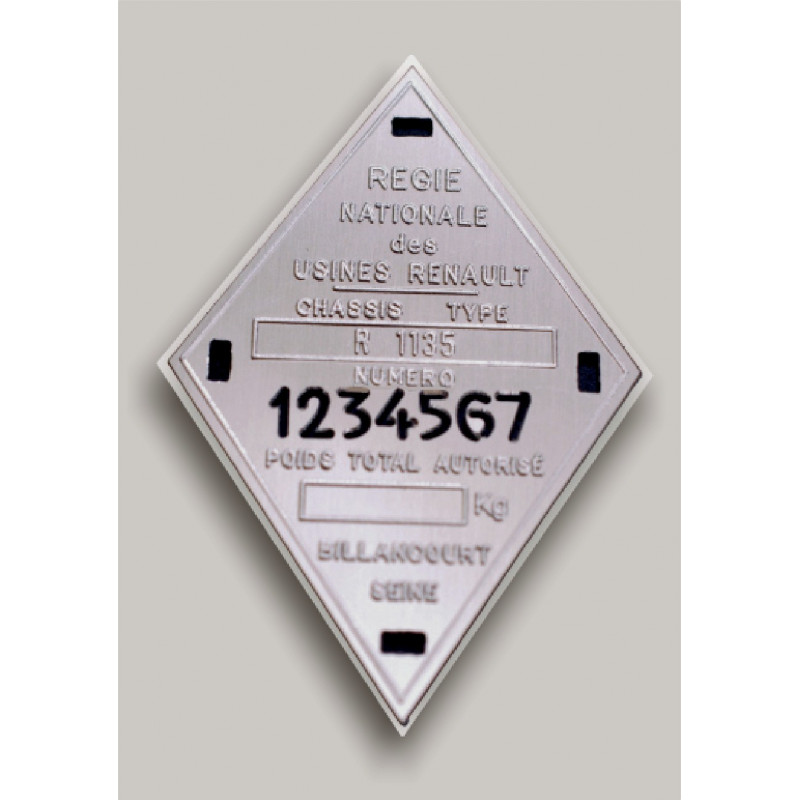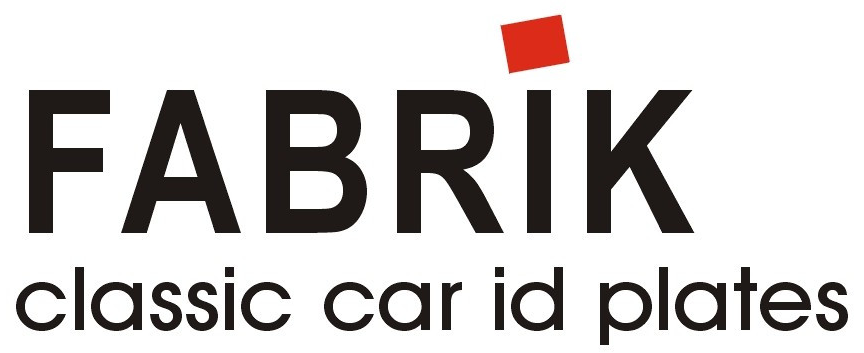 Renault is a French multinational automobile manufacturer that has been in operation for over a century. Founded in 1899 by Louis Renault, his brothers Fernand and Marcel, and their friend Thomas Evert, the company has grown to become one of the largest and most successful car manufacturers in the world. But before 1944, Renault had a rich and storied history that laid the foundation for its current success.
Renault is a French multinational automobile manufacturer that has been in operation for over a century. Founded in 1899 by Louis Renault, his brothers Fernand and Marcel, and their friend Thomas Evert, the company has grown to become one of the largest and most successful car manufacturers in the world. But before 1944, Renault had a rich and storied history that laid the foundation for its current success.
The beginnings of Renault can be traced back to Louis Renault's early interest in automobiles. As a teenager, he built his first car in the family's small workshop in Boulogne-Billancourt, France. By the age of 21, he had formed the Société Renault Frères with his brothers, and in 1899 they produced their first car, the Renault Voiturette. This small, lightweight car quickly gained popularity among Parisians, and soon the company was producing cars on a larger scale.
In the early years of Renault, the company focused on producing small, affordable cars for the masses. This strategy was a success, and the company quickly grew in size and reputation. In 1902, Renault began exporting cars to other countries, and by 1908 they had opened a factory in the United Kingdom. This expansion helped to solidify Renault's place in the global automobile market.
During World War I, Renault played a key role in supplying the French military with vehicles. They produced a variety of cars, trucks, and buses, as well as tanks and aircraft engines. The company's contributions to the war effort helped to solidify its reputation as a reliable and innovative manufacturer.
In the years following the war, Renault continued to expand and innovate. They introduced new models, such as the Renault NN in 1920 and the Renault Vivasix in 1926. These cars were well-received by the public, and helped to establish Renault as a leader in the automobile industry.
In the 1930s, Renault faced a new challenge: the Great Depression. The economic downturn had a significant impact on the automobile industry, and Renault was forced to make difficult decisions. Despite the challenges, the company managed to survive and even thrived during this period. They introduced new models, such as the Renault 4CV in 1946, which were popular with consumers and helped to keep the company afloat.
Renault's success before 1944 was built on a foundation of innovation, reliability, and affordability. The company's early focus on small, affordable cars for the masses helped to establish it as a leader in the automobile industry. And through the challenges of World War I and the Great Depression, Renault continued to innovate and adapt, laying the foundation for the company's continued success in the years to come.
After the end of World War II, Renault was in a difficult position. The company had been heavily damaged during the war, and many of its factories had been destroyed. Additionally, the French government had nationalized Renault, which meant that the company was now under state control. Despite these challenges, Renault was determined to rebuild and continue to produce quality vehicles.
In the late 1940s, Renault began to focus on creating affordable, small cars that would appeal to the masses. The company's first post-war car, the Renault 4CV, was introduced in 1946 and was a huge success. The 4CV was a small, compact car that was affordable and easy to drive, making it popular among French consumers.
In the 1950s, Renault continued to innovate and develop new models. The company introduced the Renault Dauphine, which was a compact car that was even more affordable than the 4CV. The Dauphine was a huge success and became one of the most popular cars in France. Renault also introduced the Renault Frégate, which was a larger, more luxurious car that was aimed at a more upscale market.
In the 1960s, Renault continued to expand its product line, introducing new models such as the Renault 8 and the Renault 16. The company also began exporting its cars to other countries, which helped to increase its global presence. Renault also established a presence in the United States, although it was short-lived, as the company pulled out of the market in the 1970s.
In the 1970s, Renault faced some challenges as the global oil crisis hit. The company had to adapt to the changing market conditions, which included a shift towards more fuel-efficient vehicles. Renault responded by introducing new models such as the Renault 5 and the Renault 9, which were both small and fuel-efficient. The company also began to focus on creating more advanced technology, such as electronic fuel injection and turbocharging.
In the 1980s, Renault continued to innovate and develop new technologies, including the introduction of the Renault Espace, which was a revolutionary minivan that was designed and built by Renault. The Espace was a huge success and helped to establish Renault as a leader in the minivan market. The company also continued to expand its global presence, establishing a presence in Asia and South America.
In the 1990s, Renault faced some challenges as the global economy went into a recession. The company had to adapt to the changing market conditions, and it had to restructure its operations to become more efficient. Renault also had to contend with increased competition from other automotive manufacturers, both in France and around the world.
In the 2000s, Renault continued to innovate and develop new technologies, including the introduction of hybrid and electric cars. The company also continued to expand its global presence, establishing a presence in the Middle East and Africa. Renault also entered into a strategic alliance with Nissan, which helped to strengthen the company's position in the global market.
In conclusion, Renault's history after 1944 has been one of innovation, adaptation, and expansion. The company has faced many challenges, including war, nationalization, and changing market conditions. Despite these challenges, Renault has continued to evolve and adapt, creating new models and technologies that have helped to establish the company as a leader in the automotive industry.
Today, Renault continues to be a major player in the global market, with a wide range of vehicles that appeal to a diverse range of customers. The company's focus on innovation and sustainability has also helped to position it as a leader in the electric and hybrid vehicle market.
In recent years, Renault has continued to invest in new technologies and developments, such as autonomous driving and connected cars. The company has also continued to expand its global presence, with a particular focus on the Asian market. Renault has also continued to focus on sustainability, with a goal of becoming carbon-neutral by 2040.
In addition to its automotive division, Renault also has a strong presence in other industries, such as aerospace, defense, and energy. The company's diversified portfolio has helped to insulate it from market fluctuations and has allowed it to continue to grow and evolve.
Overall, Renault's history after 1944 has been one of resilience and adaptation. The company has faced many challenges, but it has always found ways to overcome them and continue to innovate and grow. Renault's ability to adapt to changing market conditions and customer needs has helped to establish it as a leader in the automotive industry, and it is poised to continue to be a major player in the global market for years to come.
